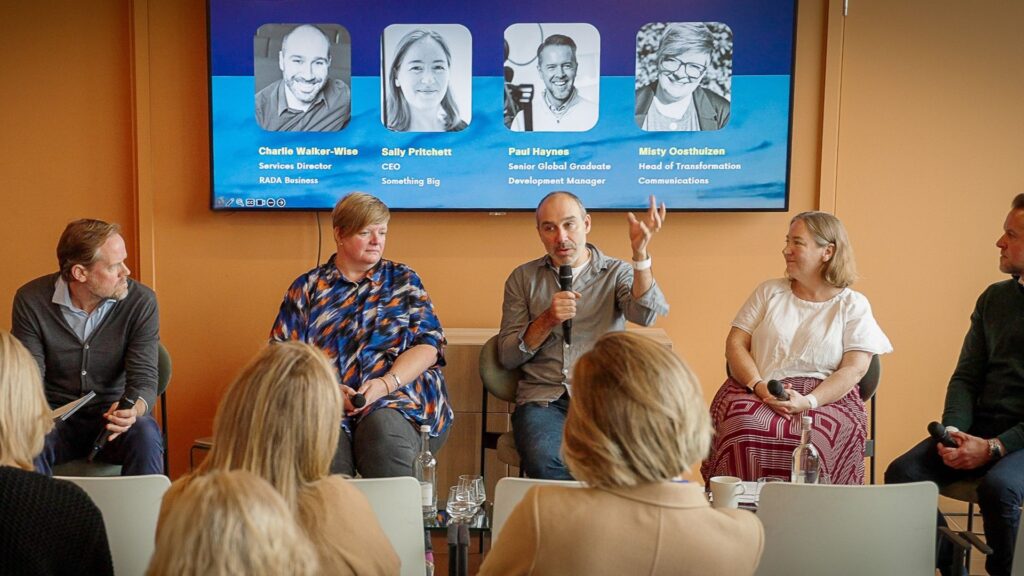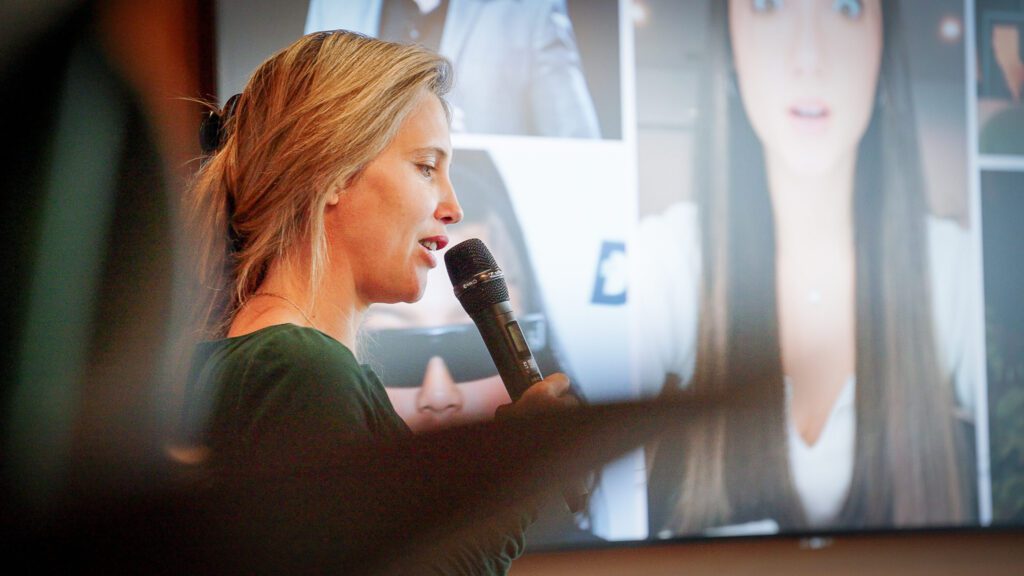Message from MD 2025
Why Creativity Needs Pressure (But Not Too Much)

The Right Kind of Pressure Sparks Creativity
Not all pressure is bad. In fact, a certain level of pressure is essential for creativity. Some of the most groundbreaking ideas emerge when we are forced to work within constraints. Pressure can:
• Sharpen focus – Limited time forces us to eliminate distractions and get straight to the core of an idea.
• Encourage innovation – Restrictions push us to think in new and unexpected ways.
• Drive momentum – Without deadlines, creative projects can linger indefinitely.
Many of history’s greatest innovations were born out of necessity. Without pressure, there is no urgency. But too much pressure? That’s when cracks start to form.
When Pressure Becomes the Enemy
When pressure escalates beyond a productive level, it shifts from being a motivator to a major roadblock. Excessive pressure leads to:
• Panic and stress – When the brain enters survival mode, creativity shuts down.
• Short-term thinking – Instead of bold innovation, we resort to the safest, quickest solutions.
• Burnout – Constant, overwhelming pressure drains energy, enthusiasm, and the ability to think creatively at all.
Creativity needs room to breathe. Too many constraints—whether impossible deadlines, slashed budgets, or unrealistic expectations—don’t fuel ideas, they stifle them.
How to Manage Pressure Effectively
Since pressure is a given, the real challenge is keeping it at a level that fuels rather than hinders creativity. Here’s how:
• Set realistic expectations – Challenge yourself, but within achievable boundaries.
• Break down big challenges – Large, intimidating tasks become easier when divided into smaller, manageable steps.
• Create buffer time – Prevent last-minute chaos by building in extra time where possible.
• Communicate openly – Address unrealistic deadlines or demands early to avoid crises later.
• Reframe constraints as opportunities – Instead of seeing limitations as blockers, use them as creative prompts.
Pressure is an unavoidable part of business, creativity, and life. But the difference between good pressure and bad pressure lies in how we handle it. When properly managed, pressure fuels progress, innovation, and creativity. When unchecked, it leads to stress, stagnation, and burnout. So next time you feel under pressure, ask yourself: Is this driving creativity forward, or is it crushing it? If it’s the latter, it’s time to reset, reassess, and regain balance.
With the right balance of Stimulus, Headspace, and Pressure, creativity doesn’t just survive—it thrives.
Related insights

Engage and Lead Through Change: How to Communicate with Intention

